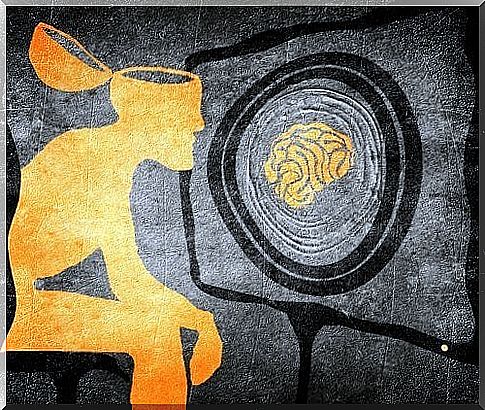Sylvain Timsit’s 10 Media Management Strategies

The media can shape public opinion. The news media has helped create or destroy social movements, hide economic crises, and even spot the flames of ideological trends. There are many different studies and theories about the influence of the media. One of them, known as media management strategies, came from the French author Sylvain Timsit.
People often credit Noam Chomsky for this idea, but Timsit is the original author. His intention was to show how the media use psychosocial tools to distract the audience from what really matters. The media manipulates public opinion by playing down the real problems. The aim of this is to make society more submissive and less critical.
10 media management strategies
1. The strategy of distraction
This is one of the most basic elements of media management. Distraction is when the media tries to divert public attention away from important issues.
The media bombards the public with continuous distraction and information about superficial things, so that they will not be interested in important issues about politics, culture, economics or social problems. The idea is to keep people’s eyes far away from real problems and draw them towards things that do not really matter. In this way, the audience will be focused on trivialities and will not have space or time to think.

2. Create problems and then offer solutions
This strategy consists in creating a problem that causes the public to react in a certain way, and then accepts or even asks for a “solution” that the government wanted to impose from the beginning. For example, creating an economic crisis so that the public will accept a violation of their labor rights or reduced job security as “necessary evil”. Another example is that urban violence is happening or intensifying so that people will demand more oppressive policies.
3. The gradual strategy
The goal here is to get the public to accept measures that seem unacceptable with everything at once by introducing them little by little. This can happen even over several years. Some believe that this is how radical socio-economic strategies such as neoliberalism were imposed during the 1980s and 1990s. Slowly but surely, more and more industries were privatized and job security was reduced.
Postponement, one of Timsit’s media management strategies
Another way to get people to accept an unpopular idea is to present it as something painful but necessary that will happen in the future. It is much easier for people to accept a future victim than an immediate one because they will not be affected here and now. This gives the masses more time to get used to the idea of change and reluctantly accept it when the time comes.
5. Talk down to the public
Most of the publicity uses childish speech, arguments, signs and intonations. It is as if the viewers were not mature enough or did not have the opportunity to understand certain ideas. That way, when the media tries to deceive the people, the viewer can react in an even more childish way.

6. Appeals to people’s emotions
Challenging people’s emotional side is a classic strategy to discourage them from analyzing situations rationally. In addition , people’s emotions appeal to manipulate their instinctive behavior, which is usually based on desire or fear.
7. Keep people in the dark, another of Timsit’s media management strategies
Another of Sylvain Timsit’s media management strategies is to ensure that audiences are not able to understand the technology used to control them. To do this, the forces that make the budget cuts in education, scholarships, high-cost master’s degrees, difficult career paths, etc. can be used.
8. Get the audience to accept mediocrity
The idea here is to promote the belief that it is good to be an uneducated, unintellectual person. You can see many examples of this in TV series.
9. Reinforce self-blame
This strategy consists in making individuals believe that they are the only ones who can be blamed for their misfortune. Things go badly for them because they are not intelligent, do not have many skills, or do not work hard enough. In this way, people will blame themselves instead of rebelling against the system.

10. Know individuals better than they know themselves, the latest of Timsit’s media management strategies
This latest strategy is based on developing a system that allows the authorities to know individuals better than they know themselves. It can be achieved by using biology, neuroscience and psychology. This strategy is very effective in controlling the masses.
In conclusion, knowledge of media management strategies will allow us to decide how much we want the media to influence us or how we should react when we identify them.









